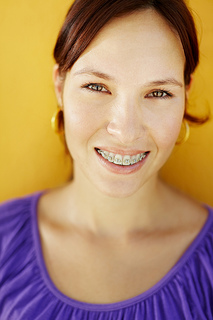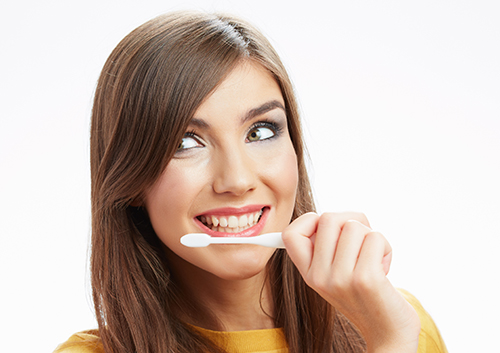The Clear Benefits of Invisalign®
August 4th, 2021

Straighter teeth is something many people desire. A nice smile is one of the most attractive things about a person. However, wearing a mouth full of braces for two, three, or more years can be a major pain, both literally and figuratively.
Luckily, there is another option. Invisalign is an alternative to traditional braces. Learn more about the benefits Invisalign offers and why you should consider this exciting method of straightening teeth.
- When you have straight teeth, your mouth is healthier in general and there is less chance of tooth decay and gum disease. Invisalign makes it possible for more people to straighten their teeth.
- Invisalign is essentially invisible. You can straighten your teeth without unsightly metal in your mouth.
- The average cost is similar to that of traditional braces, which makes it affordable for many families.
- With Invisalign, the aligner trays are smooth and comfortable to wear. Traditional metal braces can be uncomfortable and cause irritation to the mouth.
- Invisalign is removable, so you do not have to wear the system during special occasions, or when you’re eating. With normal metal braces, you are stuck with them for the entire straightening process.
- Brushing and flossing are simple. Since the system is removable, you can brush and floss just like normal.
As you can see, Invisalign is an exciting option we provide at Viney P. Saini Orthodontics for those who want straighter teeth. If this is something that sounds interesting to you, talk to Dr. Viney Saini and find out if it would work for your particular situation. Get started today, and before you know it you will be enjoying your straighter teeth.
For more information about Invisalign, or to schedule an initial consultation with Dr. Viney Saini, please give us a call at our convenient Clarksburg, MD and Frederick, MD office today!



